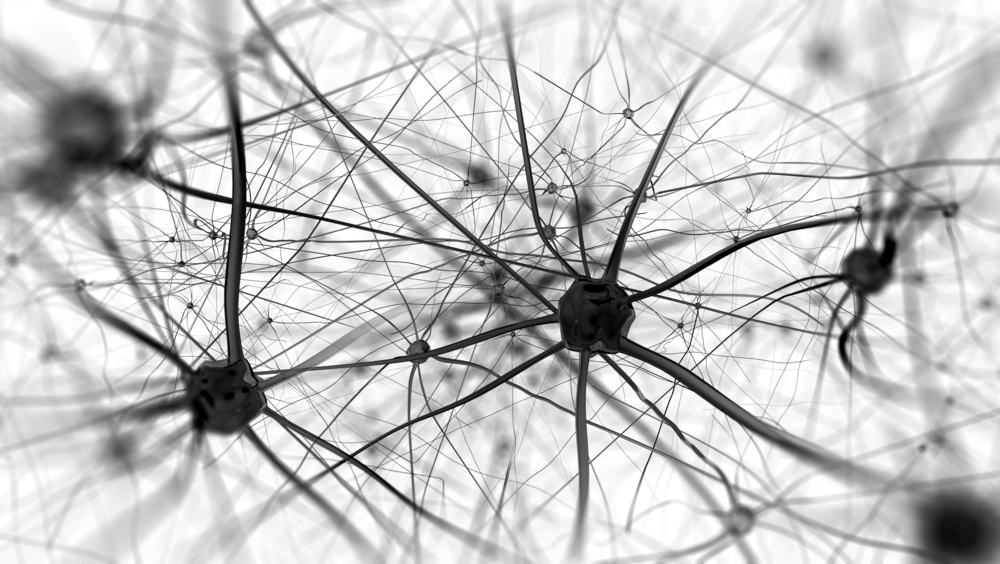FA Patients’ Lack of Skin Nerve Fibers Made Worse by Larger FXN Defects, Study Reports

People with Friedreich’s ataxia (FRDA) have fewer small nerve fibers in their skin compared with healthy subjects, and the greater a patient’s defects in the frataxin (FXN) gene, the more the nerve fiber loss, a study reports.
Nerve fiber density measured in skin biopsies is a minimally invasive procedure that may be used as a biomarker of FRDA severity and progression, and a potential outcome marker to be used in clinical trials, researchers said.
The study, “Intraepidermal Nerve Fiber Density in Friedreich’s Ataxia” was published in the Journal of Neuropathology & Experimental Neurology.
FRDA is caused by defects in the frataxin gene (FXN) resulting from abnormal expansion of a piece of the DNA code called GAA expansions. These extra blocks of DNA hamper the expression of the FXN gene and consequent production of the frataxin protein, leading to its deficiency.
Though it is well-known that FRDA primarily affects the peripheral nervous system, which refers to all nerves that lie outside the brain and spinal cord, it remains largely unknown how the deficiency in frataxin damages those nerves.
To gain more insight on the alterations happening to nerve fibers in FRDA, researchers looked at the number of small nerve fibers in patients’ skin.
Small nerve fibers are thinner fibers that innervate the skin, peripheral nerves and organs. They send messages to the brain about illness and injury, including pain, itching, heat, and cold, or messages that control our internal organs.
To analyze these fibers, scientists collected punch skin biopsies of the lower leg of 17 patients, picking a representative group with different genotypes (GAA repeat lengths) and disease severity.
The goal was to identify correlations among nerve fiber alterations, genetic features, and clinical manifestations. A group of 34 healthy controls was also included, nine of whom also underwent skin biopsies.
Patients had neurological examinations, including a scale measurement of ataxia (loss of motor coordination) and completed a questionnaire to assess neuropathic pain symptoms. Patient sensitivity to cold, warm, pain and mechanical stimuli were also quantified.
Dysesthesia — the perception of pain when no stimulus is present — and paresthesia — the abnormal perception of a sensation in the absence of any stimulus — of lower legs or feet were reported by five patients (29.4%). The patients’ mean age was 37.
Researchers found that FRDA patients had a significantly lower number of small nerve fibers in their skin compared with healthy controls. They observed that the degree of skin nerve fiber loss was variable and correlated with the severity of the underlying genetic defect — the length of the GAA repeat in the FXN gene. The larger the GAA expansion, the fewer the small nerve fibers in the patient’s skin.
FRDA patients were less sensitive to cold, but responded similarly to heat and pain, compared with healthy controls.
The correlation seen between small nerve fiber loss and the extent of FXN defect, specifically the length of GAA repeats, supports that small fiber loss in FRDA is genetically determined, the team said.
In fact, most studies have shown that longer GAA repeats “result in earlier disease onset and more [disease manifestation],” researchers stated.
They added that “skin biopsy is a minimally invasive procedure which can be repeated over time to study changes in cutaneous innervation related to disease progression or nerve regeneration,” which can make skin fiber density a valuable FRDA outcome marker for clinical trials.
The team called for studies with a larger sample of patients to confirm the findings “as well as prospective studies that could further explore the potential of IENF [intraepidermal nerve fiber] density as a disease biomarker in FRDA.”






